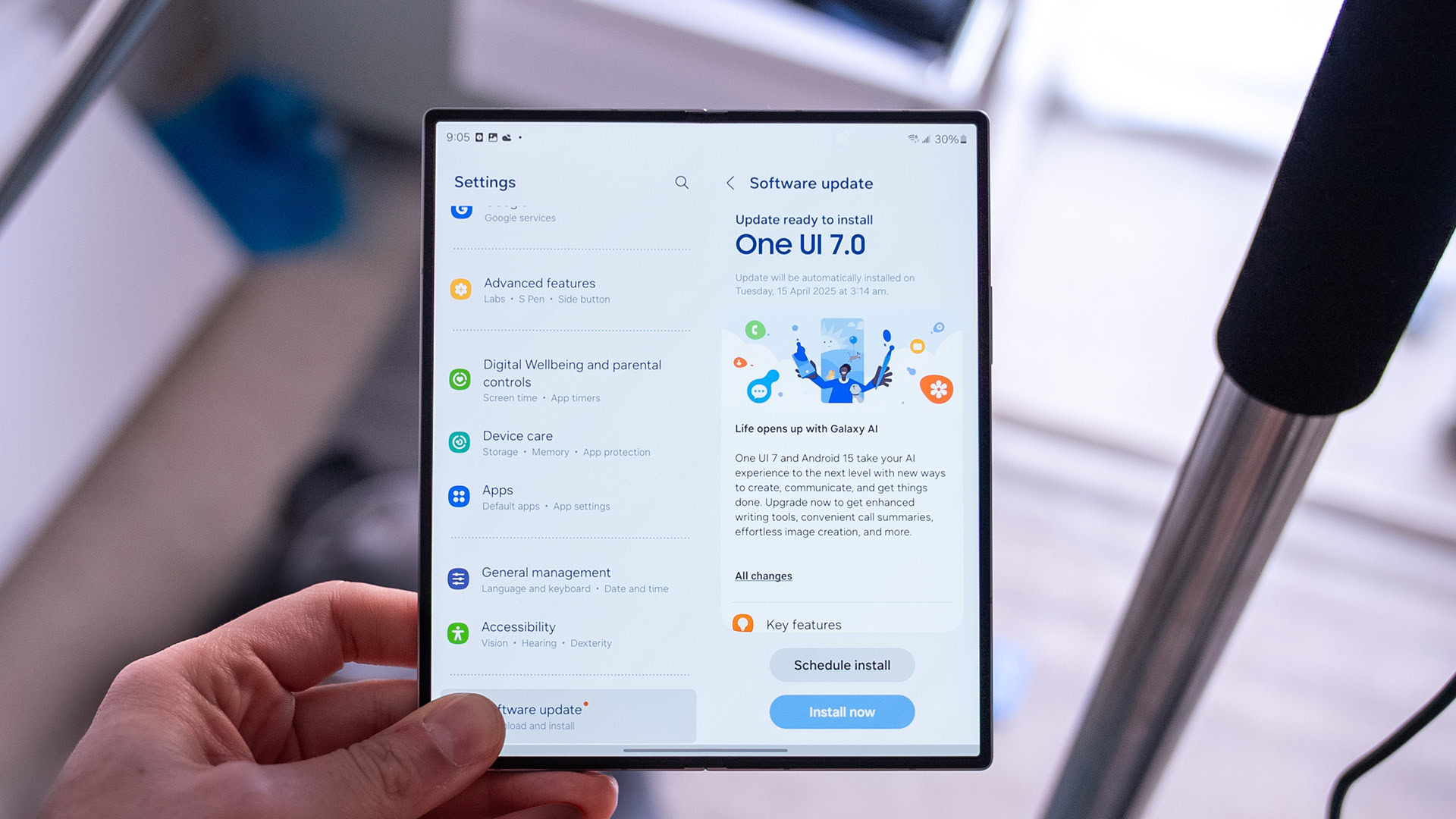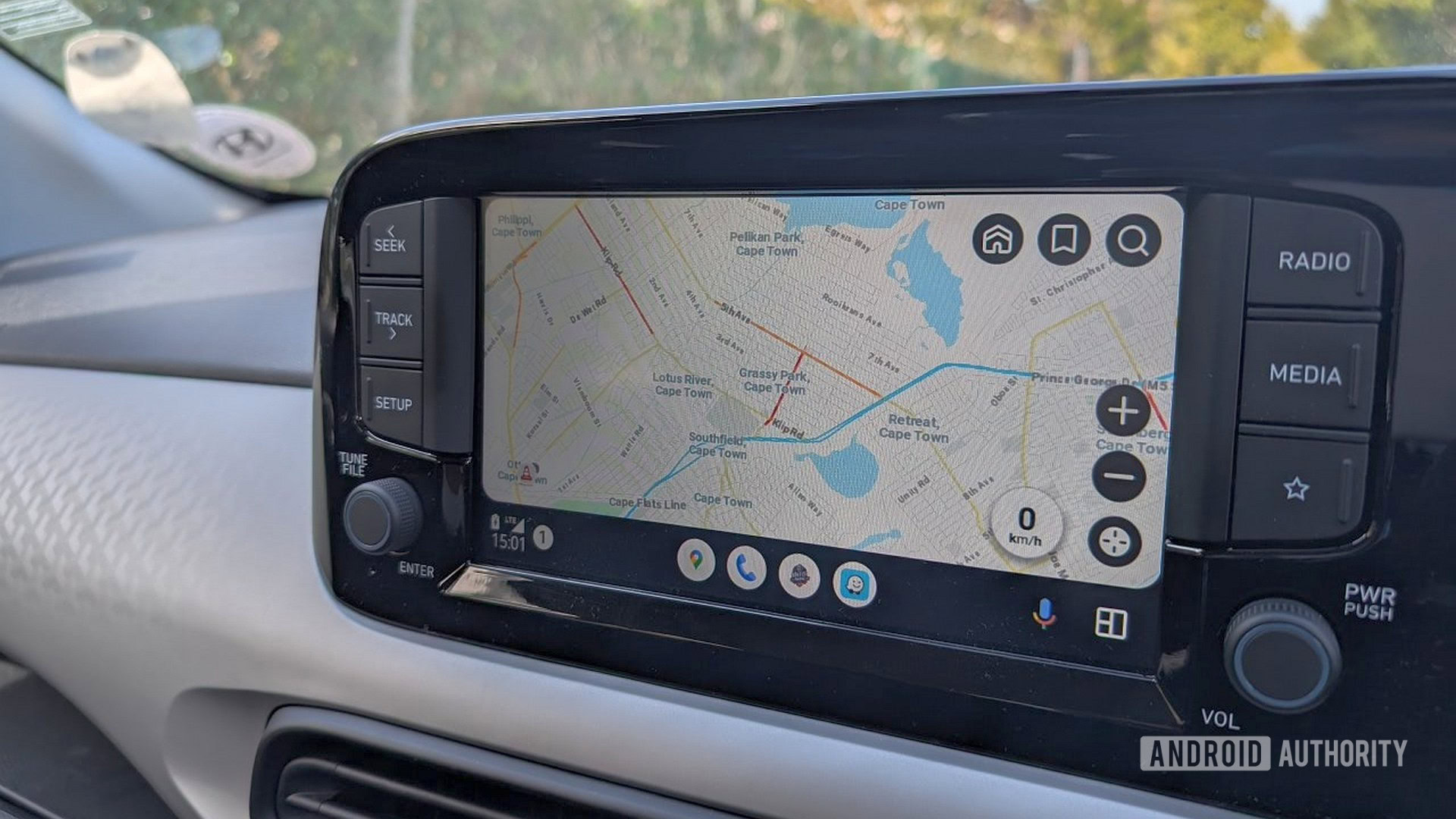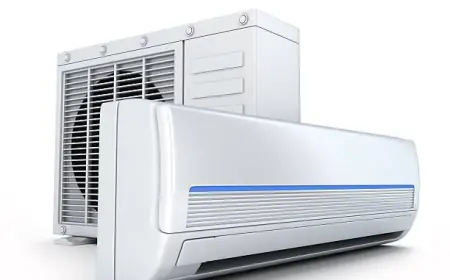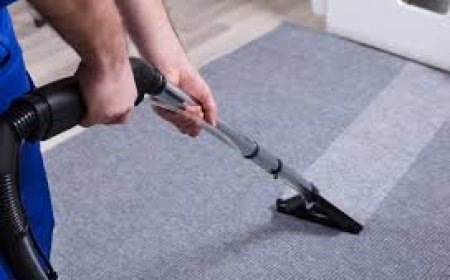Personal Flotation Devices Market Insights, Trends & Growth by 2034
The global Personal Flotation Devices Market Size has witnessed substantial growth over the years, driven by an increasing focus on water safety across recreational and commercial sectors.
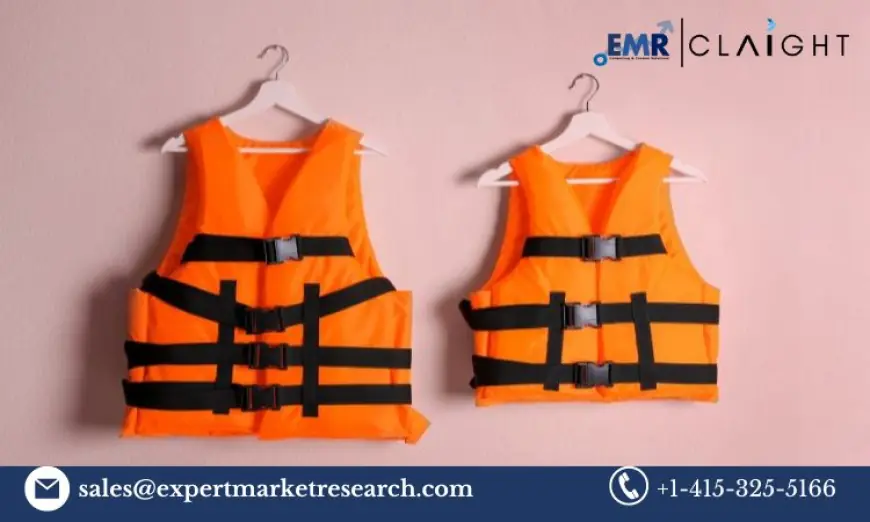
The global Personal Flotation Devices Market Size has witnessed substantial growth over the years, driven by an increasing focus on water safety across recreational and commercial sectors. The global market size of Personal Flotation Devices reached approximately USD 6.56 billion in 2024, and it is projected to expand at a Compound Annual Growth Rate (CAGR) of 3.3% between 2025 and 2034, reaching a market value of approximately USD 8.76 billion by 2034.
Personal Flotation Devices, commonly referred to as life jackets or life vests, are critical safety equipment designed to keep individuals afloat in water. PFDs are used in various marine and water-related activities, including boating, fishing, kayaking, water sports, and other recreational and professional maritime activities.
Key Benefits of Personal Flotation Devices
The primary function of Personal Flotation Devices is to ensure the safety of individuals in water environments. The key benefits of PFDs include:
-
Safety Assurance: The most significant benefit of PFDs is ensuring the safety of users in the water. These devices provide buoyancy, ensuring that individuals stay afloat and reducing the risk of drowning.
-
Versatility: PFDs are designed for various water activities, including swimming, kayaking, sailing, fishing, and rescue operations, making them essential equipment in diverse aquatic environments.
-
Comfort and Lightweight: Modern PFDs are built for comfort, with advancements in material design and ergonomics. Many life jackets and flotation devices are lightweight and designed for ease of movement.
-
Regulatory Compliance: Many countries and regions have laws that mandate the use of PFDs, especially in commercial and recreational boating. PFDs are essential to ensuring compliance with safety regulations.
-
Durability and Long-Term Use: Many modern PFDs are made of high-quality, durable materials that ensure they last through numerous water adventures. This makes them a long-term investment for both recreational users and commercial operators.
Market Segmentation
The Personal Flotation Devices (PFD) market is segmented based on type, application, distribution channel, and region.
1. By Type:
- Inherently Buoyant PFDs: These devices use materials like foam to provide buoyancy. They are generally more affordable and easier to use for basic safety.
- Inflatable PFDs: These devices provide buoyancy through inflation. They are lightweight, compact, and more comfortable but require proper maintenance. These are more common for recreational boating and water sports.
- Hybrid PFDs: These devices combine both inherently buoyant materials and inflatable elements, offering superior comfort and performance in water.
2. By Application:
- Recreational Use: This includes water sports, kayaking, paddleboarding, and recreational boating. It accounts for a significant portion of the market.
- Commercial and Industrial Use: PFDs used in commercial fishing, marine operations, and industrial applications. These devices are subject to stricter regulatory standards for durability and performance.
- Military and Defense: Military and rescue operations also use specialized PFDs for safety during operations at sea or on aquatic missions.
3. By Distribution Channel:
- Online Retail: With the rise of e-commerce platforms, a significant percentage of PFDs are now sold online, allowing for a broad reach of customers.
- Offline Retail: This includes brick-and-mortar stores like sporting goods shops, marine equipment retailers, and department stores.
- Direct Sales: Some manufacturers sell their products directly to commercial customers or government agencies.
4. By Region:
- North America: The demand for PFDs in North America, particularly in the U.S. and Canada, is high due to strict regulations on boating safety and outdoor recreational activities.
- Europe: Europe’s market for PFDs is largely driven by the increasing popularity of water sports, river cruises, and recreational boating.
- Asia-Pacific: The Asia-Pacific region is expected to witness strong growth in the coming years, driven by an expanding middle class, increased disposable incomes, and a growing interest in water sports and recreational boating.
- Rest of the World: Latin America and the Middle East and Africa have moderate growth potential due to growing tourism and recreational activities along coastlines.
Market Outlook and Trends
The Personal Flotation Device market is poised for consistent growth in the coming decade, thanks to key trends and technological innovations:
-
Technological Advancements: Manufacturers are focusing on creating more comfortable, lightweight, and technologically advanced PFDs. Innovations such as automatic inflation, GPS, and even life-saving sensors are increasingly becoming integral to modern PFD designs.
-
Increased Participation in Water Sports: As the global population becomes more health-conscious and active, the popularity of water-based recreational activities continues to rise, particularly in regions like North America, Europe, and the Asia-Pacific region.
-
Environmental Consciousness: As consumer preferences shift towards sustainable and eco-friendly products, manufacturers are developing PFDs made from recyclable and biodegradable materials. This aligns with the growing trend toward sustainability in the outdoor gear and apparel industries.
-
Stringent Regulations: In response to rising water accidents, governments around the world are enforcing stricter regulations regarding the use of PFDs in boating and water-based activities. This is driving demand in both recreational and commercial sectors.
-
Wearable Technology Integration: Wearable PFDs with integrated communication devices, such as emergency beacons or GPS locators, are gaining traction, especially for professional use in maritime and rescue operations.
Key Industry Developments
-
Partnerships and Acquisitions: Leading companies in the PFD market are increasingly entering strategic partnerships, collaborations, and acquisitions to expand their market presence and technological capabilities.
-
Sustainability Initiatives: As sustainability becomes a top priority for many consumers, manufacturers are focusing on reducing the environmental impact of PFDs. Companies are adopting recyclable materials and reducing harmful chemicals in the production of their devices.
-
Design and Innovation: Manufacturers are focusing on ergonomic designs and comfort improvements, making flotation devices more lightweight, adjustable, and user-friendly.
Driving Factors
Several factors are driving the growth of the global Personal Flotation Devices market:
-
Rising Awareness about Water Safety: Increased awareness about the importance of water safety, especially in recreational boating and water sports, is a major driver of the market. Public campaigns and government regulations encourage the use of PFDs.
-
Growth in Water Sports Activities: Water sports like kayaking, canoeing, jet-skiing, and wakeboarding are becoming more popular, leading to an increased demand for PFDs.
-
Regulatory Pressure: Governments around the world are enforcing strict laws regarding the use of PFDs on boats, further driving the demand for these devices.
Restraining Factors
While the market is growing, there are several factors that may hinder its expansion:
-
High Cost of Advanced PFDs: While inflatable and hybrid PFDs offer superior comfort and features, they tend to be expensive compared to traditional life jackets. This cost could limit their adoption in emerging markets.
-
Lack of Awareness in Developing Regions: In some developing regions, awareness regarding the importance of personal flotation devices is still low, hindering market growth.
-
Limited Product Differentiation: Despite the technological advancements in PFDs, the fundamental design of life jackets and flotation devices has remained largely the same. This lack of significant differentiation may result in market saturation.
Key Players in the Market
Several key players are shaping the landscape of the Personal Flotation Devices market. These include:
- Astral Buoyancy Company
- Mustang Survival Corp.
- Aqualung Group
- Kokatat, Inc.
- Rescue Technology
- Absolute Outdoor of America, LLC
- Confluence Kayaks
- LALIZAS Group
- Spinlock Limited
- Others
Challenges
-
Product Standardization: Ensuring global compliance with safety standards is a constant challenge for manufacturers. Variations in regulations across different countries can affect product development and distribution.
-
Competition and Price Sensitivity: With a wide range of PFDs available in the market, pricing competition remains intense, especially with lower-cost products.
Opportunities
-
Rising Demand for Recreational Boating: The increase in recreational boating, particularly in developed countries, presents significant growth opportunities for the PFD market.
-
Emerging Markets: As emerging economies become more involved in water-related activities, there is a growing potential for market expansion in regions like Asia-Pacific, Latin America, and the Middle East.
-
Government Initiatives: Governments' growing focus on water safety regulations, as well as the adoption of stringent safety laws for boating, presents a favorable environment for PFD manufacturers.
What's Your Reaction?
 Like
0
Like
0
 Dislike
0
Dislike
0
 Love
0
Love
0
 Funny
0
Funny
0
 Angry
0
Angry
0
 Sad
0
Sad
0
 Wow
0
Wow
0

